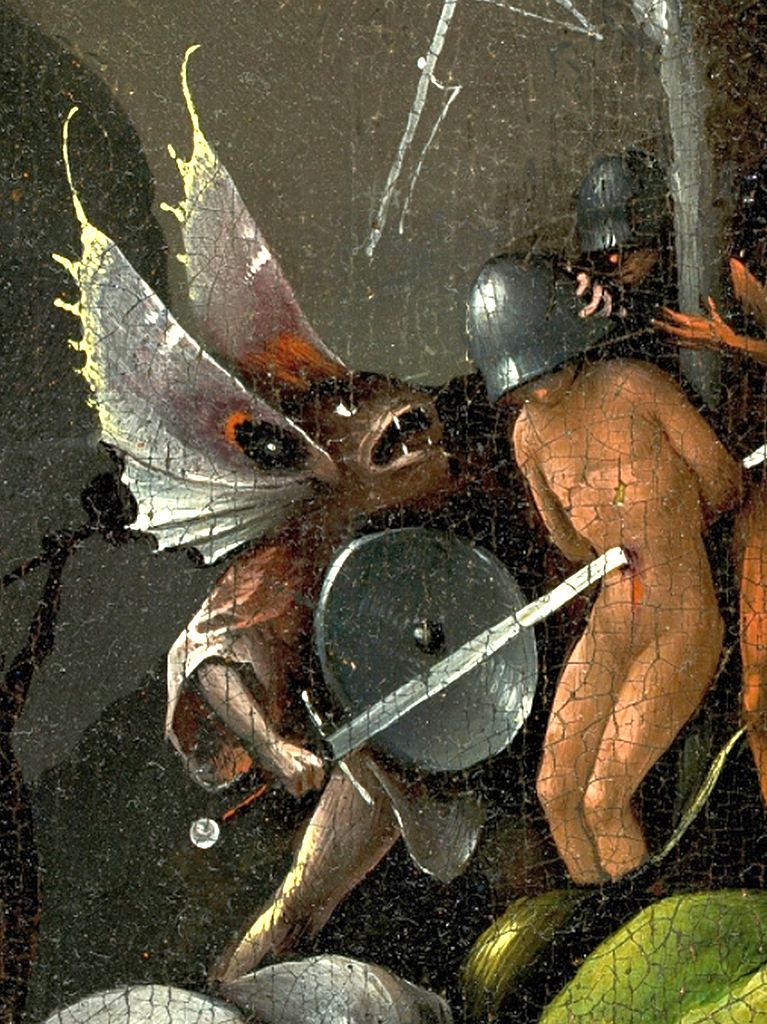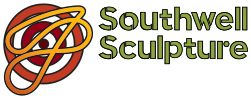Swallowtail Britannicus
Ouroboros is one of my limited edition representational wall sculptures. A butterfly wall sculpture depicting, in blackened steel and patinated copper, Britain’s largest native butterfly, Swallowtail Britannicus.
Butterfly symbolism
But what about the name you ask? Well, Ouroboros is an ancient symbol depicting a serpent or dragon eating its own tail. So one connection to the Swallowtail is easily grasped. Another is that both are often interpreted as a symbols of the never ending cycle of life, death and rebirth. In addition, butterflies are often said to signify beauty, freedom, creativity, transformation and the ephemeral nature of life.
A dark side?
But could the blackened steel body and wing veins of this butterfly wall sculpture hint at a less positive aspect of the butterfly’s character? A depiction of a fallen angel with the wings of a swallowtail butterfly in Pieter Bruegel the Elder’s The Fall of the Rebel Angels would suggest so. Equally the butterfly winged devils of The Garden of Earthly Delights by Hieronymus Bosch.

English: right panel, Detail: green person (mid-right). Public domain, via Wikimedia Commons
The most likely explanation is an apparent reputation, gained in the middle ages, for being evil spirits with a penchant for milk and butter thievery. For example, take their Old German names of , and .
Stranger than fiction
But the biological reality of these amazing creatures is far stranger and more fascinating than the symbolism applied to them:
And just so you know: insects don’t necessarily only have eyes on their head. One species of Swallowtail butterfly has eyes on its penis! These help the male to position himself correctly during mating. The female also has eyes on her rear end, which she uses to check she is laying her eggs in the right place.
Extraordinary Insects, Anne Sverdrup-Thygeson
Patination techniques
| Colour | Method |
|---|---|
| Green | Brush stippled copper nitrate applied to heated copper |
| Red | Boiling immersion in a copper sulphate solution |
| Pink/purple | Quenching from red heat |




